- Your cart is empty
- Continue Shopping

Product
Introduction: Evista, manufactured by Daiichi Sankyo, contains Raloxifene as its active substance. It stands as a medication primarily used in the management of osteoporosis and reduction of breast cancer risk in certain populations. This comprehensive overview explores the history, mechanism of action, therapeutic applications, administration, potential side effects, and considerations associated with Evista Raloxifene.
I. History: Raloxifene, a selective estrogen receptor modulator (SERM), was developed in the late 20th century as an alternative therapy for osteoporosis and breast cancer prevention. Evista, formulated with Raloxifene, received approval for medical use in various countries.
II. Mechanism of Action: Raloxifene exerts its effects by selectively binding to estrogen receptors in various tissues, including bone, breast, and uterus. In bone tissue, Raloxifene acts as an estrogen agonist, promoting bone mineral density and reducing the risk of fractures. In breast tissue, it acts as an estrogen antagonist, inhibiting the proliferation of breast cells and reducing the risk of estrogen receptor-positive breast cancer.
III. Therapeutic Applications: Evista Raloxifene is indicated for:
- Osteoporosis: It is prescribed for the prevention and treatment of postmenopausal osteoporosis, helping to maintain bone density and reduce the risk of fractures in postmenopausal women.
- Breast Cancer Risk Reduction: Raloxifene is also indicated for the reduction of invasive breast cancer risk in postmenopausal women with osteoporosis or at high risk of breast cancer based on established risk factors.
IV. Administration and Dosage: Evista Raloxifene is typically administered orally in tablet form. The standard dosage is one 60 mg tablet daily, with or without food. It is important to adhere to the prescribed dosage and administration schedule for optimal therapeutic benefit.
V. Potential Side Effects: While generally well-tolerated, Evista Raloxifene may cause side effects, including:
- Hot Flashes: Hot flashes, similar to those experienced during menopause, are a common side effect of Raloxifene therapy, particularly during the initial stages of treatment.
- Leg Cramps: Some individuals may experience leg cramps or muscle spasms as a side effect of Raloxifene, although these symptoms are usually mild and transient.
- Venous Thromboembolism: Raloxifene has been associated with an increased risk of venous thromboembolic events, including deep vein thrombosis and pulmonary embolism, particularly in individuals with a history of thromboembolic disorders.
VI. Considerations and Monitoring:
- Bone Density Monitoring: Regular monitoring of bone mineral density may be warranted in individuals receiving long-term Raloxifene therapy to assess treatment response and guide management decisions.
- Breast Cancer Screening: While Raloxifene reduces the risk of estrogen receptor-positive breast cancer, regular breast cancer screening with mammography remains essential for early detection and treatment of breast cancer.
VII. Conclusion: Evista Raloxifene stands as a valuable therapeutic option for postmenopausal women at risk of osteoporosis or invasive breast cancer. Its dual action as an estrogen agonist and antagonist makes it a versatile medication for managing bone health and reducing breast cancer risk. However, careful consideration of potential side effects and individual risk factors is necessary when prescribing Evista, and close monitoring is essential to ensure safe and effective treatment outcomes.
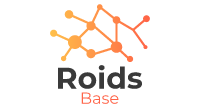
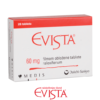

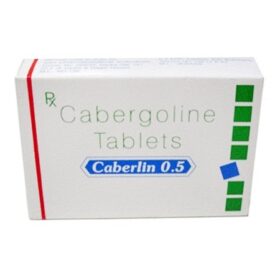
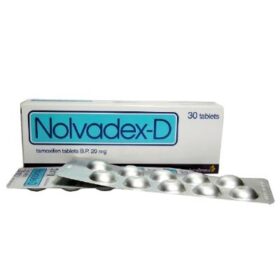
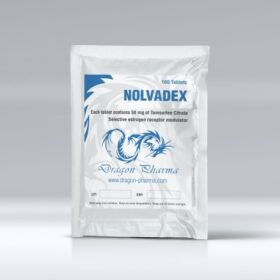
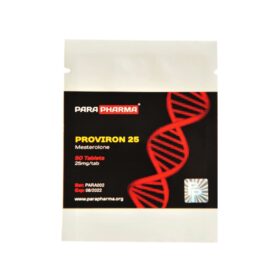
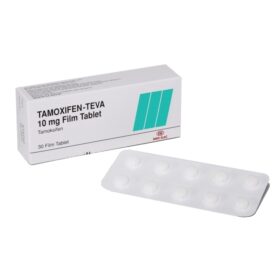
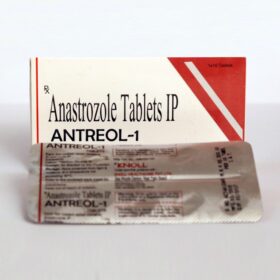
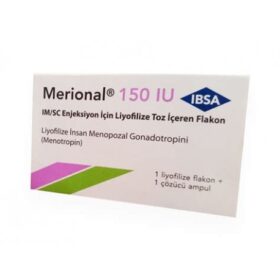
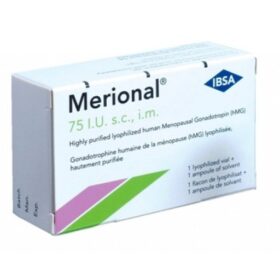



Reviews
There are no reviews yet.